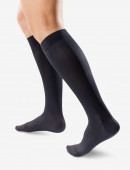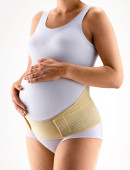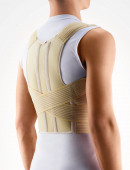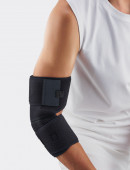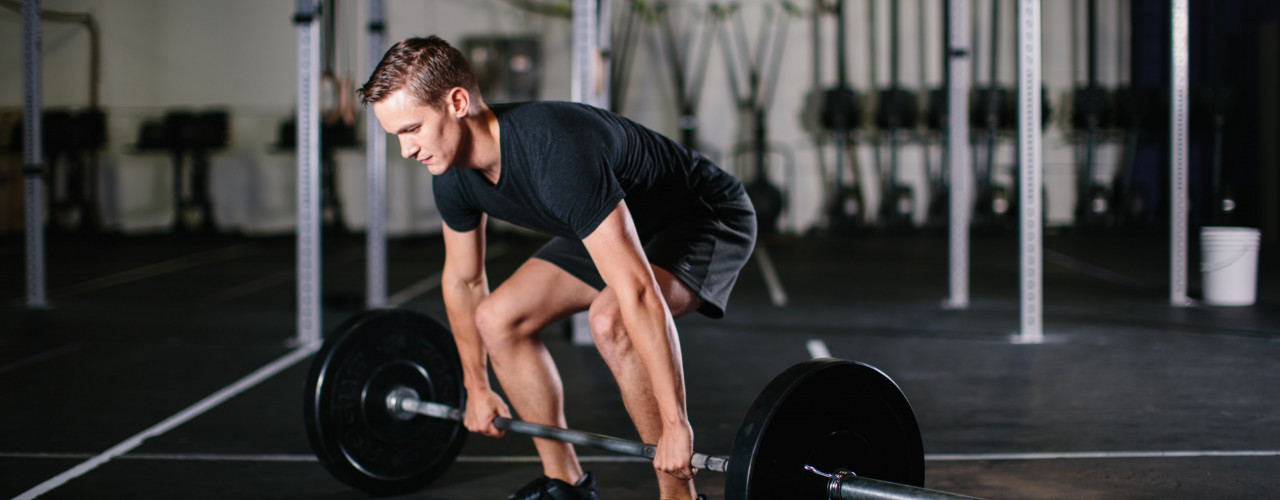“Do not lift heavy loads, you will get a hernia!” – you have definitely heard the warning. Yes, and it is true – people mostly get a hernia when lifting heavy loads. This is how an umbilical hernia may originate.
“Do not lift heavy loads, you will get a hernia!” – you have definitely heard the warning. Yes, and it is true – people mostly get a hernia when lifting heavy loads. This is how an umbilical hernia may originate.
What causes umbilical hernia?
Umbilical hernia (medically) is mostly mentioned in those cases when usually due to defects of the congenial tissue, a rupture of the peritoneum develops in the umbilical area. The hernia is seen as a larger or smaller subcutaneous arching – the internal organs and deep tissue protrude through the point of rupture under the skin.
Causes of umbilical hernia:
- lifting heavy loads,
- intensive sports activity,
- pregnancy,
- congenital connective tissue weakness,
- injuries etc.
Umbilical hernia risk groups
Umbilical hernia may develop in childhood (already at newborn age), as well as in adults. Due to gender anatomy, women experience it more often than men. Inguinal hernia is common with men.
People belonging to the umbilical hernia risk group:
- people doing heavy jobs,
- heavy athletes,
- pregnant women,
- seniors etc.
Umbilical hernia caused by lifting heavy loads, most often is not painful, therefore in most cases it may only be observed when a larger or smaller bulge appears in the umbilical area. Besides, for more obese persons, if the hernia is small, it may initially go unnoticed.
Often, women develop umbilical hernia during pregnancy. A cause of this is increased pressure of the foetus on the anterior abdominal wall. If lifting heavy loads is added, the risk increases. For this reason, to avoid both an umbilical hernia and other problems, special pregnancy belts are recommended to women, which keep the abdomen firm.
Seniors are included in the risk group because people often add weight with age, as well as the abdominal wall muscles weaken due to insufficient physical activity.
An umbilical hernia may also form due to abdominal cavity surgery. Most often it happens in cases when the wound has not healed well.
Although people mostly do not have pain in cases of umbilical hernia, there may be situations when it is severe, besides it may be accompanied by unpleasant feelings such as nausea, bloating and others.
Hernia definitely needs surgery
If skin arching is observed in the umbilical area, it is recommended to show it to a doctor, whether it is a hernia or other health problems. Immediately visit the doctor, if the arching is large. The doctor will perform the examination and determine the diagnosis and treatment.
To determine the diagnosis, the most common examination is ultrasonography, but in individual cases, for a more precise health condition, computed tomography (CT)is performed.
It is important to know that for an adult the hernia will not diminish by itself – it will not heal and it may only enlarge. It may not be diminished or healed with physiotherapy or other methods. The only possibility is surgery, which at present is quite simple, and the patient may leave on that day or the next. In easy cases the torn peritoneum is stitched together, but if the hernia is larger, a special medical net is stitched to the abdominal wall, which contains the site of the surgery, in order for a new hernia not to develop.
In order not to develop any complications or new hernias after surgery, a cautious regimen needs to be observed during recovery. Besides, for better recovery, it is necessary to use special hernia belts, developed exactly for these needs. It is recommended to use these belts after a hernia, if it is not possible to perform surgery due to medical or other problems.
If a hernia is not operated on, the person may develop serious health problems. An intestine stuck in the tear, not receiving enough blood circulation, may undergo necrosis and a tear may occur, which may be followed by peritoneal inflammation and other problems, therefore doctors warn that an umbilical hernia is a serious issue. Even in cases when it is quite small.
Photo by Mariah Krafft on Unsplash

